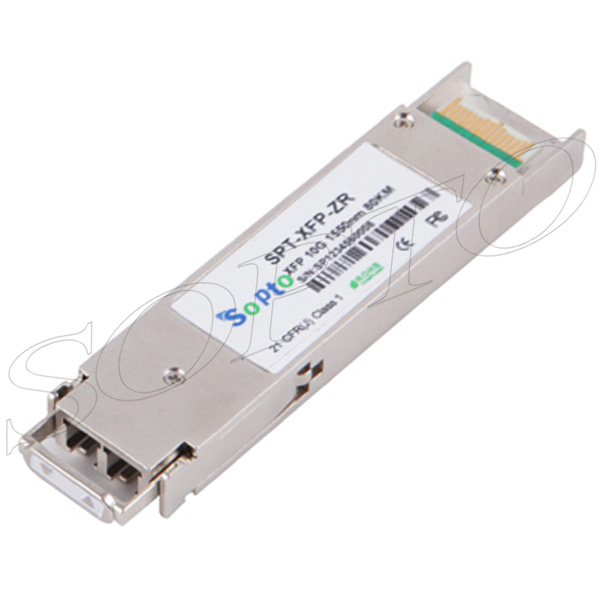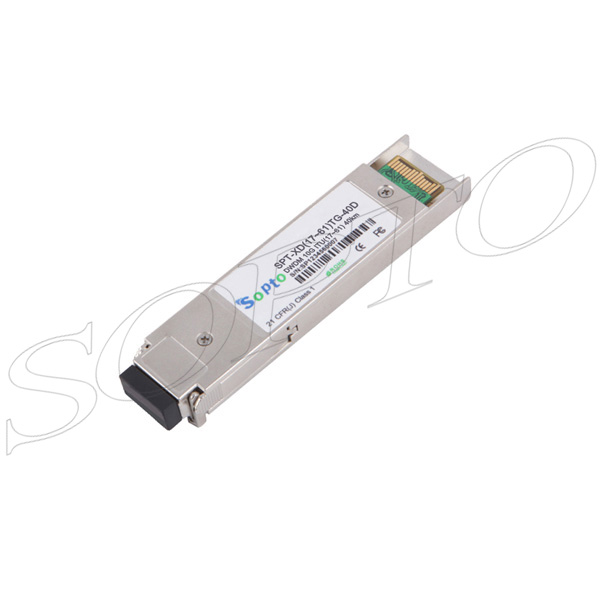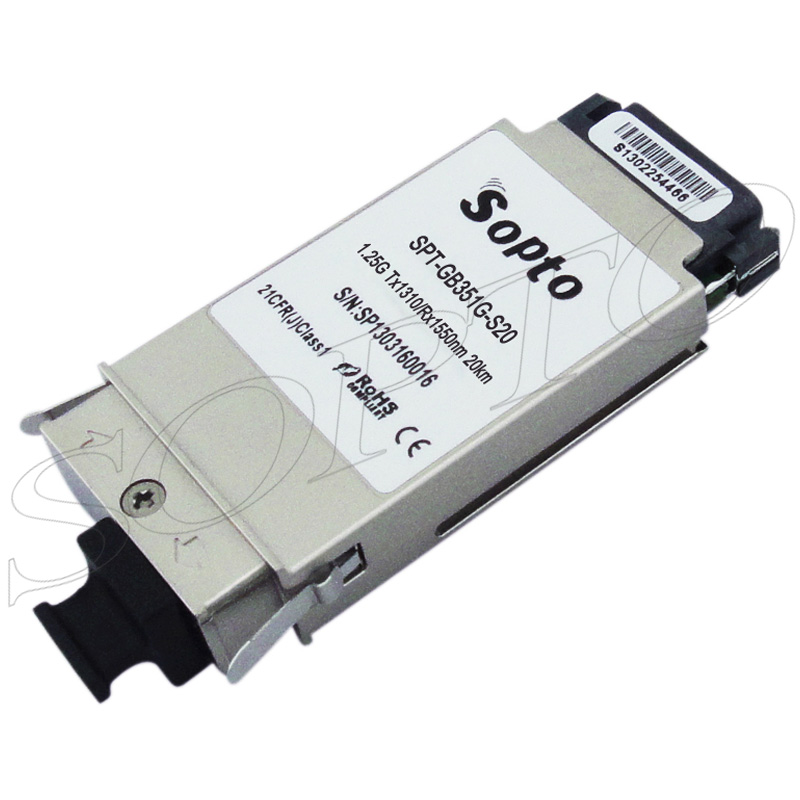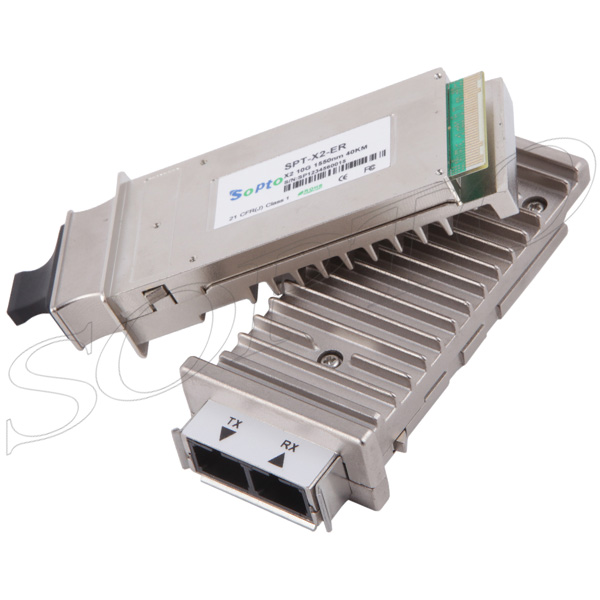-

- Sopto Home
-

- Special Topic
-

- Module Knowledge
-

- Optical Module-SMF and MMF
Module Knowledge
- Tips for Buying 10G XFP Transceivers
- XFP Transceivers for Telecommunications
- Three Types of Ethernet SFP Transceiver Modules Introduction
- Info about High Density CXP Optical Module
- Multipurpose CFP Optical Modules
- Info about CFP Management Interface
- SFP+ Transceivers Short Range Module Overview
- 3 Reasons Every Network Needs GLC-LH-SM Transceiver
- Is the GLC-SX-MM Transceiver Right for Your Switch?
SOPTO Special Topic
Certificate



Guarantee
Except products belongs to Bargain Shop section, all products are warranted by SOPTO only to purchasers for resale or for use in business or original equipment manufacturer, against defects in workmanship or materials under normal use (consumables, normal tear and wear excluded) for one year after date of purchase from SOPTO, unless otherwise stated...
Return Policies
Defective products will be accepted for exchange, at our discretion, within 14 days from receipt. Buyer might be requested to return the defective products to SOPTO for verification or authorized service location, as SOPTO designated, shipping costs prepaid. .....
Applications
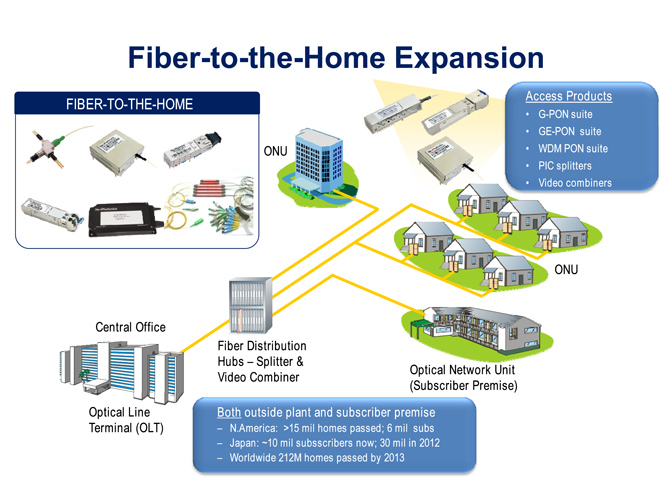 Fiber Optic Transceiver Modules can be applied to these occasions or fields.
Fiber Optic Transceiver Modules can be applied to these occasions or fields.
Ethernet
IPTV
FTTX
Security
Video Monitor
SDH/SONET
Data Communication
Storage Area Networks
SOPTO Products
- Fiber Optic Transceiver Module
- High Speed Cable
- Fiber Optical Cable
- Fiber Optical Patch Cords
- Splitter CWDM DWDM
- PON Solution
- FTTH Box ODF Closure
- PCI-E Network Card
- Network Cables
- Fiber Optical Adapter
- Fiber Optical Attenuator
- Fiber Media Converter
- PDH Multiplexers
- Protocol Converter
- Digital Video Multiplexer
- Fiber Optical Tools
- Compatible
Performance Feature
Stable
Low cost
Small size
Economic
Dust-proof
High speed
Hot-pluggable
Good EMI, EMC
Wide appliaction field
DDM function available
Long transmission distance
Good Anti-static performance
Module Knowledge
Recommended
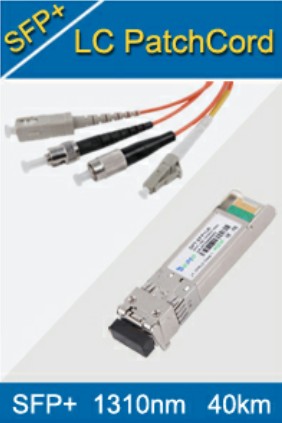
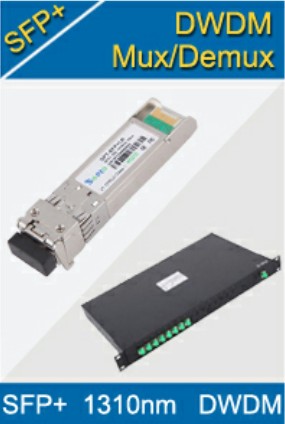
What are the Differences between Multi-mode Fiber (MMF) and Single-mode Fiber (SMF)?
Both MMF and SMF are a type of optical fibre, a very thin strand of silica (glass), which enables the communication of devices by the transmission of light between each end of the fibre. Fibre optics are advantageous, as they allow for transmission over long distances (up to 100km) and at high data rates (up to 100 Gbit/s). This is because their signals are subject to less loss than metal wires, and they are not affected by electromagnetic interference (EMI) which can reduce signal quality.
Simply put Single-mode fibre (SMF) can carry a single beam of light, while Multi-mode Fibre (MMF) can carry multiple beams of light (modes). This is because MMF has a larger core size than SMF, and different optical properties within this core. Light travelling through the centre moves at a slower rate than other modes. In comparison SMF has a much smaller core (9 microns), with a single path for the light to take. This allows SMF to retain the fidelity of each pulse of light over longer distances when compared with MMF.

MMF is typically used for technologies which operate in the 850 nm wavelength, and is available in 2 core sizes 62.5 and 50 microns. SMF is typically used for technologies which operate in the 1210nm and 1550 nm wavelengths, and has a core size of 9 microns.
The following is a list of the distances and data rates achievable when using different grades of Multi-mode optical fibre. MMF is typically available in OM1, OM2, OM3, and OM4 types.
Please note: You can increase the distance on all MMF for Gigabit to 2 km when propriety cabling is installed. The use of single-mode modules and a mode conditioning cable will enable you to extend the range on OM1 fibre cable up to 550m.
Related Knowledge:
Guess Products You May Like:





-180x180.JPG)

